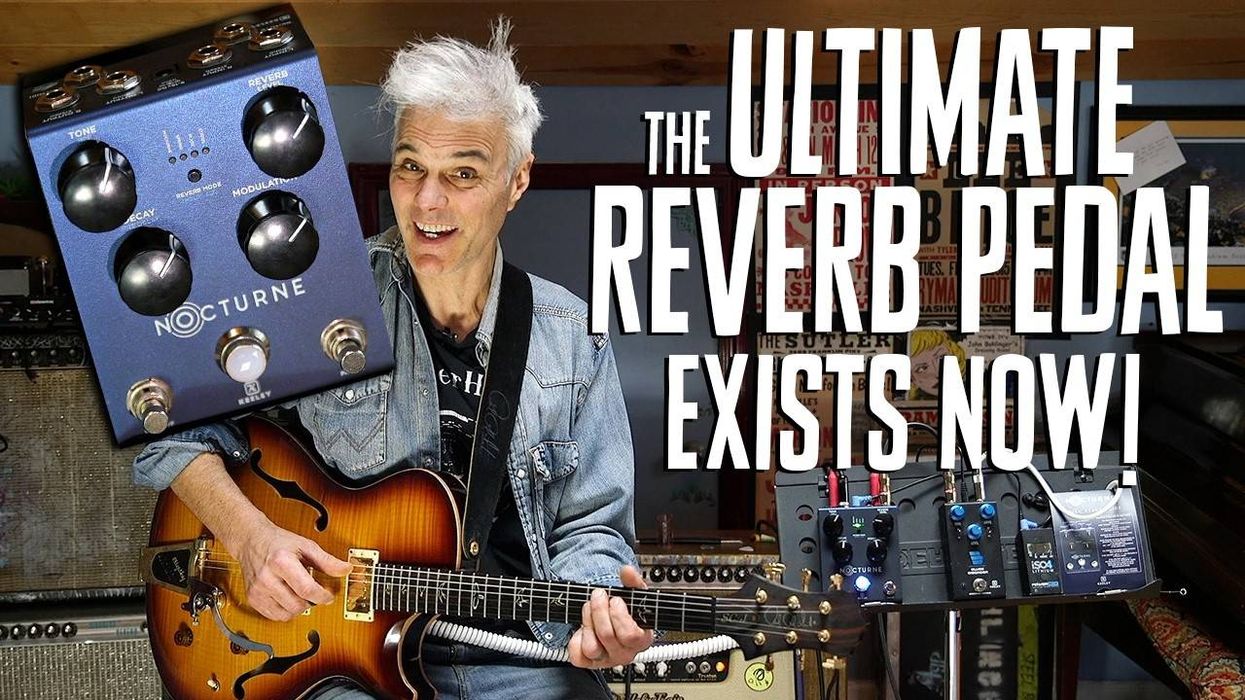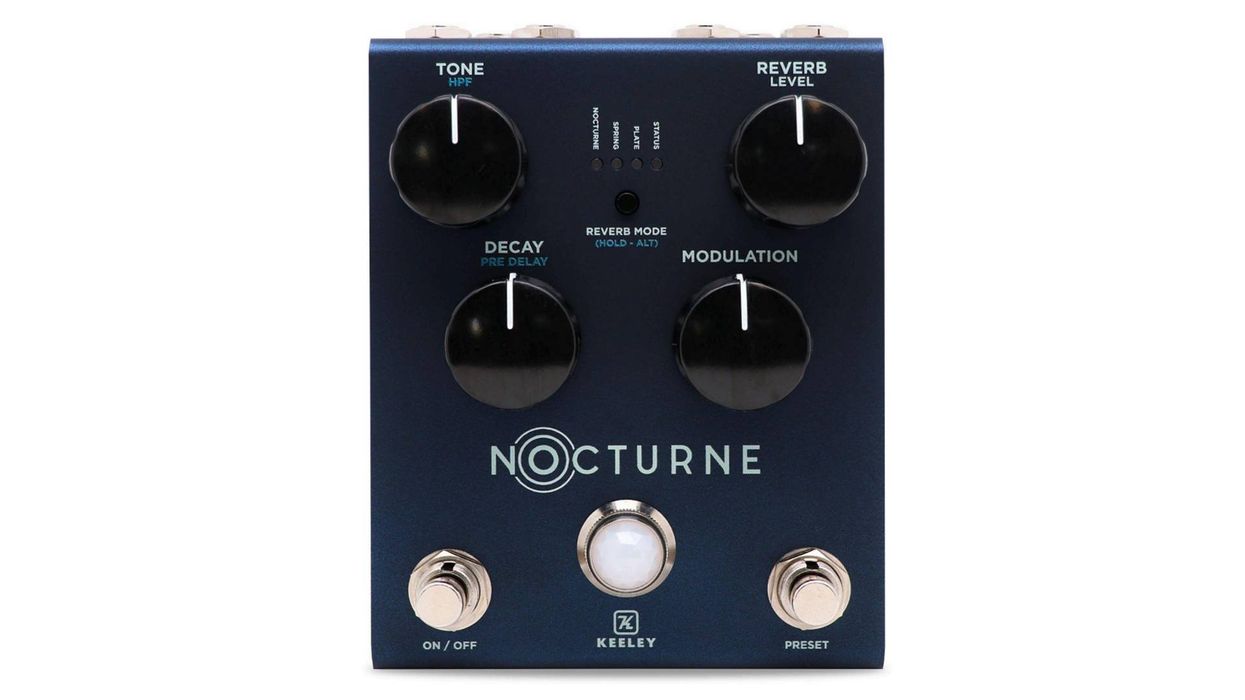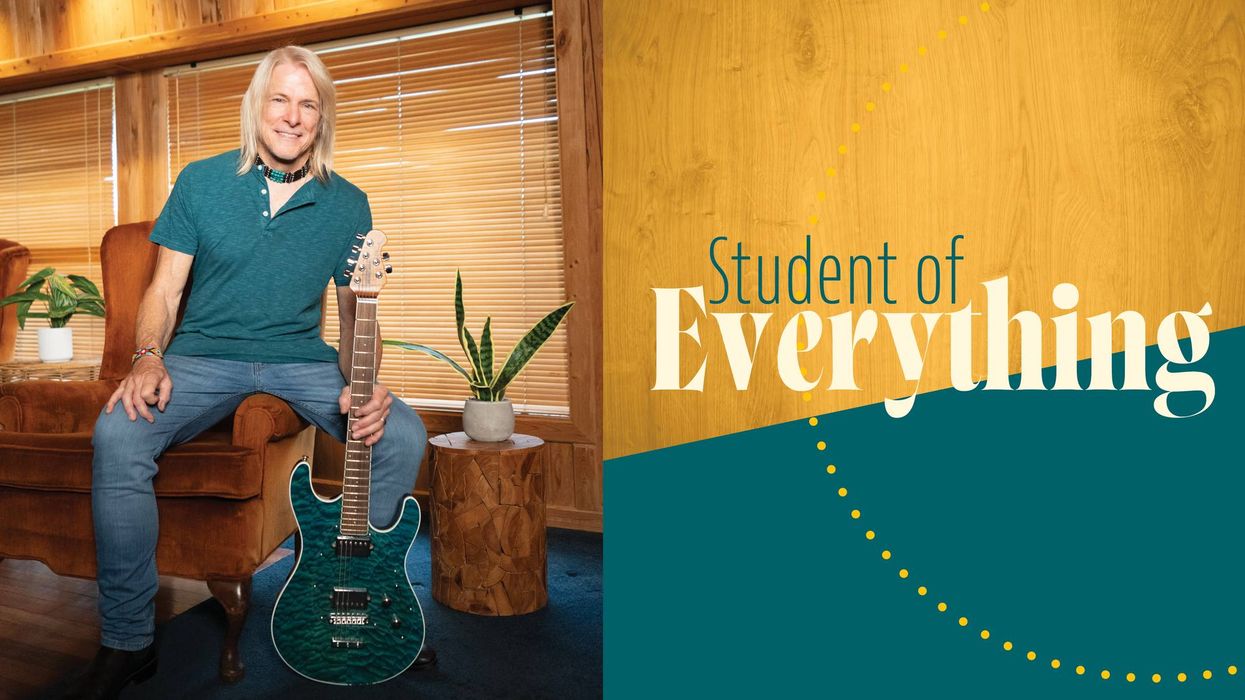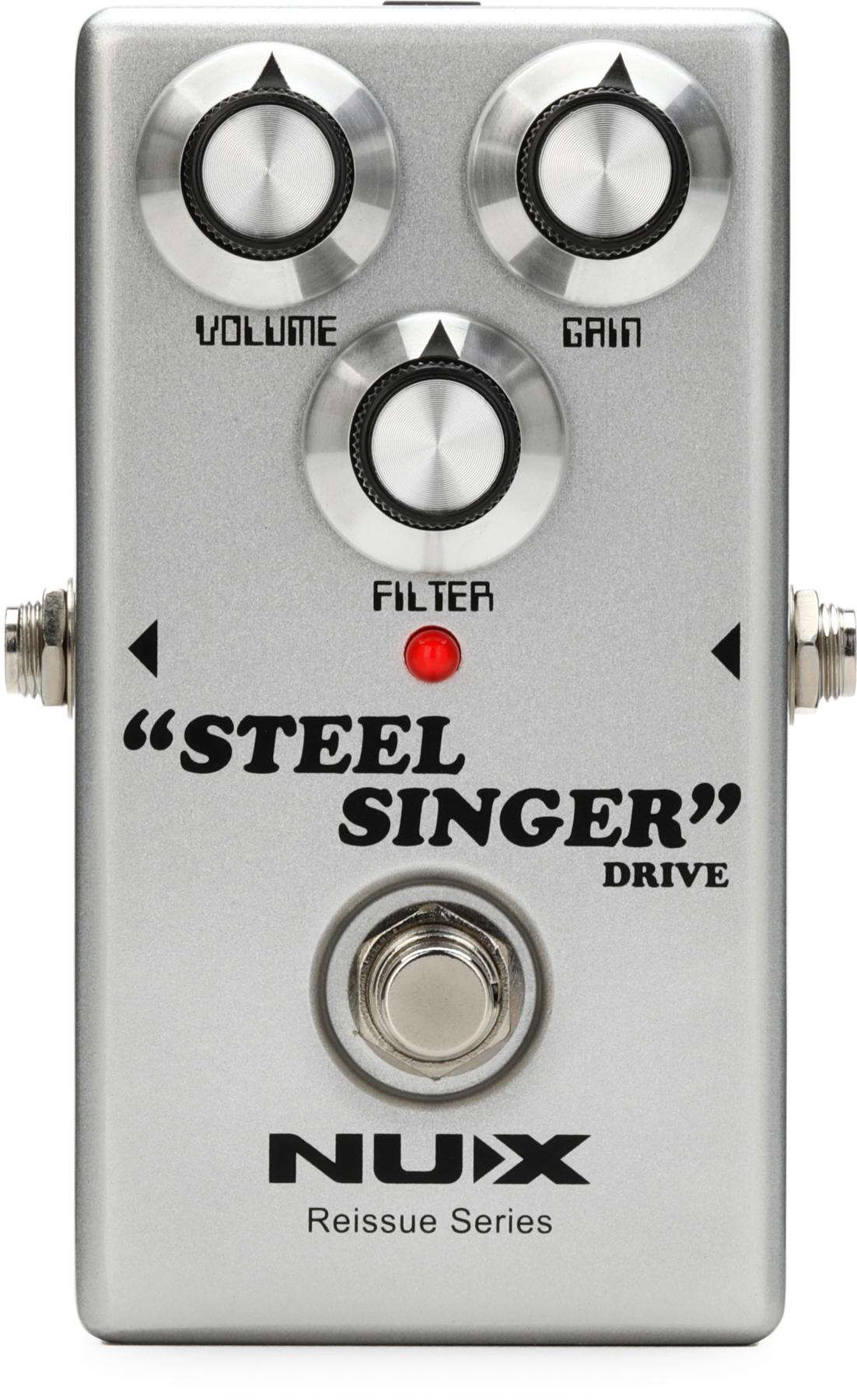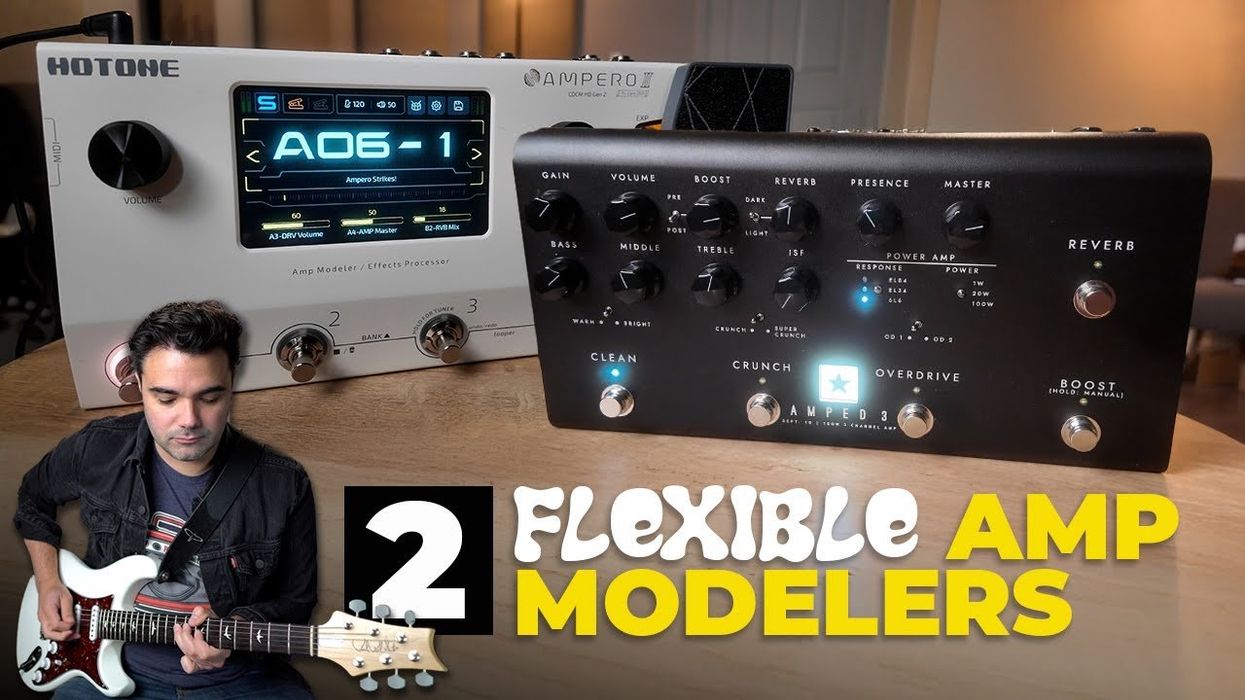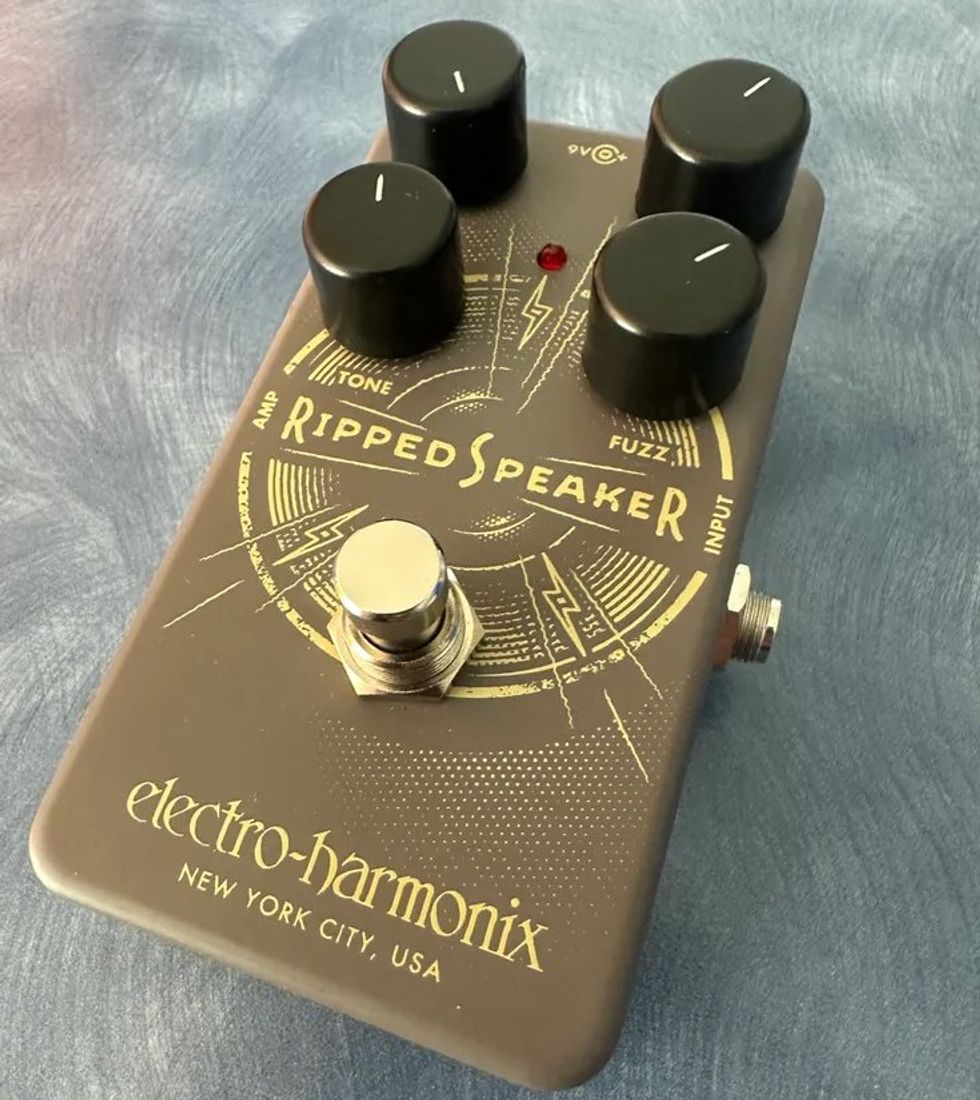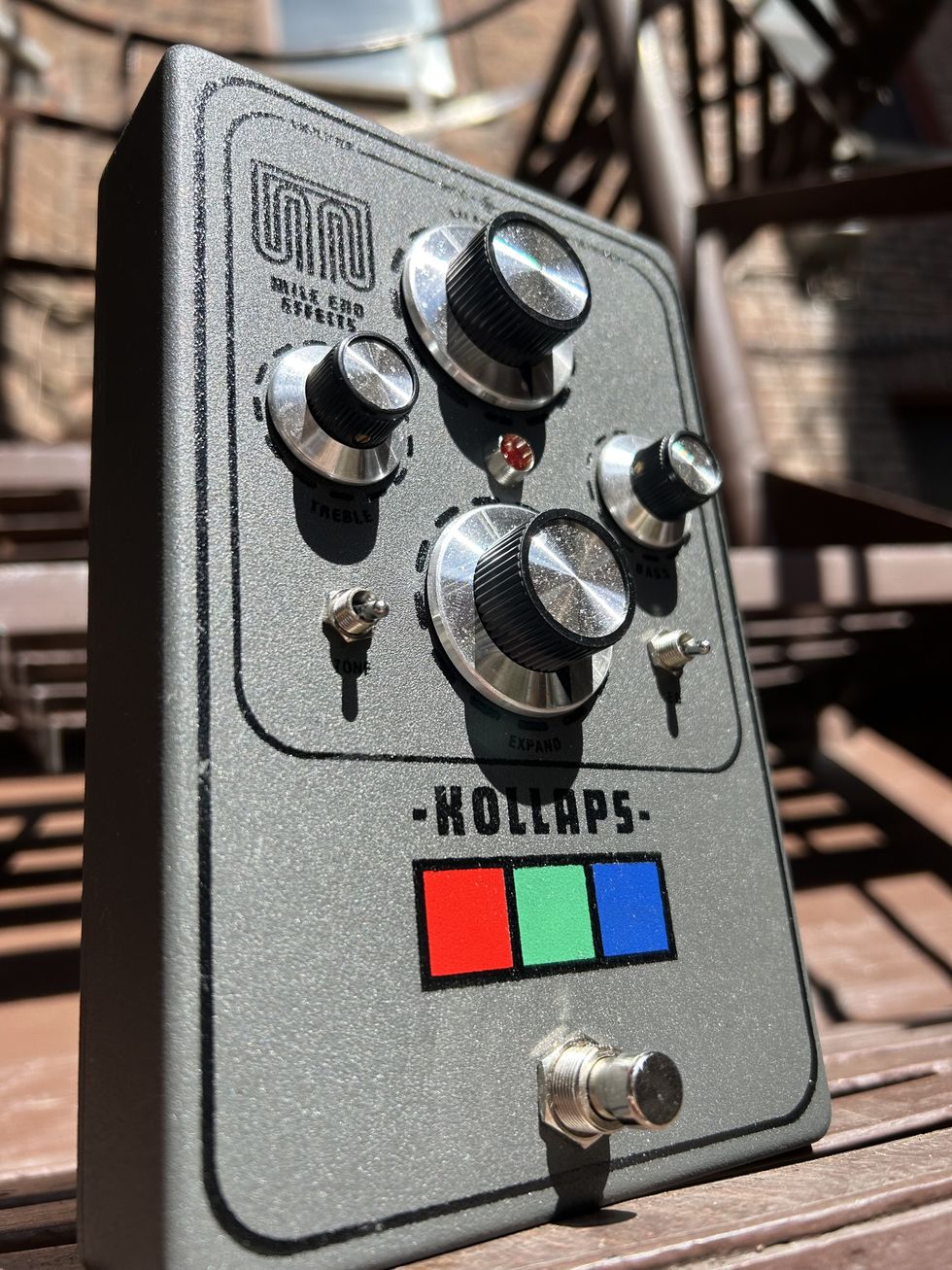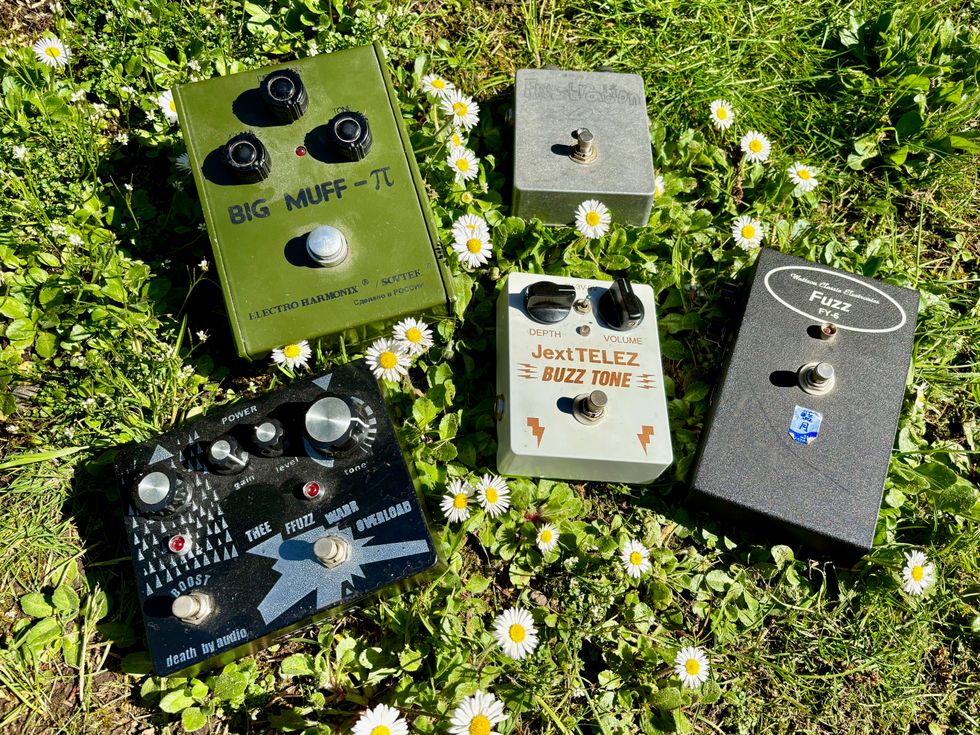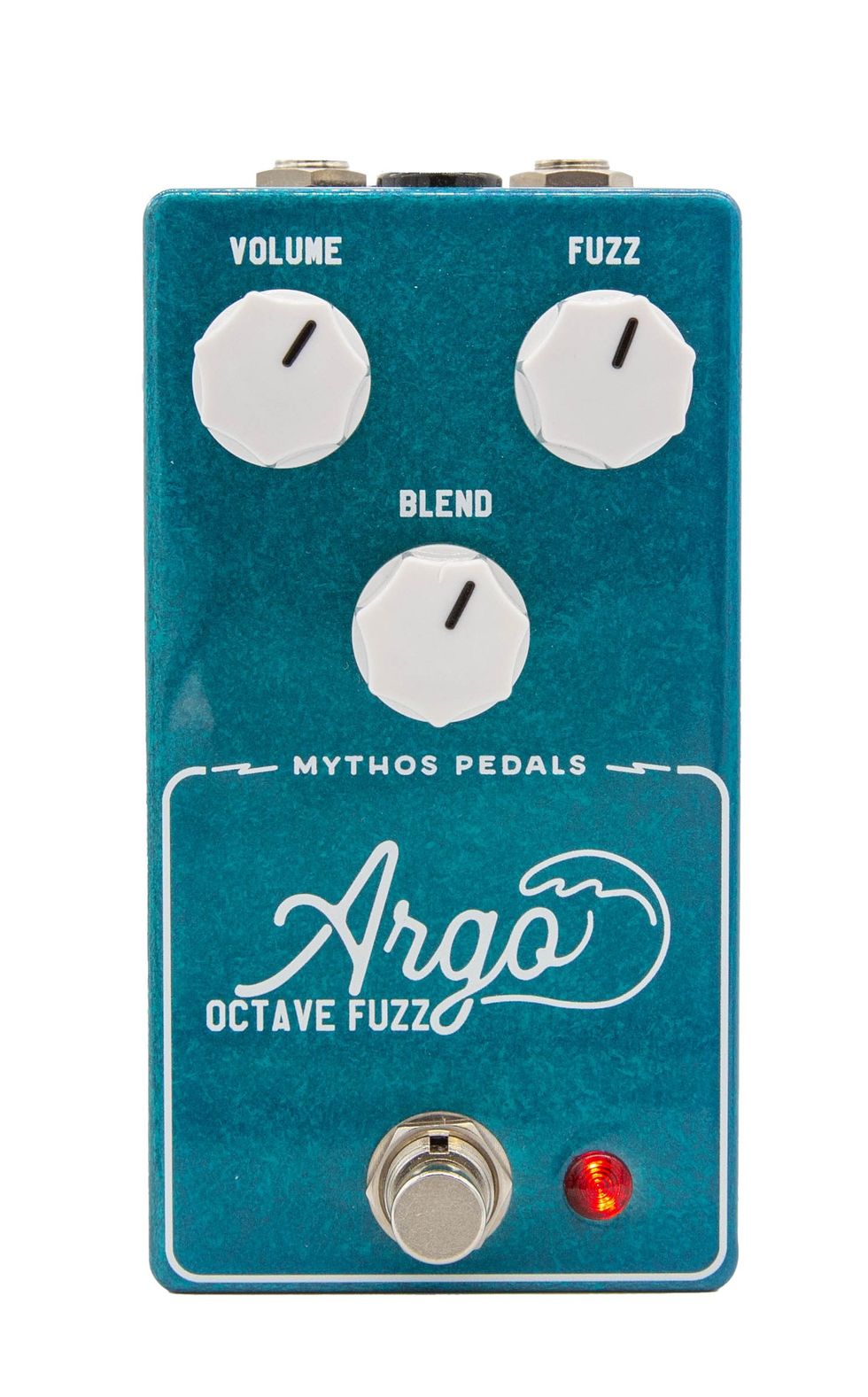Chops: Beginner
Theory: Beginner
Lesson Overview:
• Learn how to practice
allowing your ear to guide
your melodic sense.
• Create simple and logical melodies
over basic harmonies.
• Understand the pros and
cons of ear- and theory-based
approaches to improvisation.
I can’t remember where I first heard the phrase, “Learn everything and then forget it.” I know Jaco Pastorius said it, and maybe three or four others who mattered to me as musicians. It’s about coming to terms with and ultimately transcending the mountain of theoretical knowledge sitting out there—the Mt. Fuji of expectations, possibilities, secrets, and ritualized monastic study that promises: “If you just learn this, then you will sound good, guaranteed, every single time. But only if you also learn this … then that.”
The “learn and forget” phrase is meant to enlighten, but like so many others of its kind, can just be confusing. How long does it take to learn “everything?” How will I know when and how to “forget” everything? And, most importantly, did Jimmy Page have to do this?
I’ve spent a good chunk of my life trying to be a better player by learning stuff. I practiced what my teachers told me, then came up with my own way to practice scales and chords (An Improviser’s OS), which I practiced a lot. Looking back, I see much of it was done in the belief that my ear alone would not be enough, and that to consistently sound convincing I would need music theory to back me up—particularly in terms of the sometimes irritating jazz mantra, “playing over changes.”
While there may be some truth to that, things have been coming up lately that suggest other, deeper realities. Pretty exciting stuff, actually. Here are some past and current signposts:
1. Years ago, I had the honor of playing in Michael Brecker’s band. To me, he was music theory central—the vast technique, the complicated lines, and the contemporary harmonic content. But right away I saw that both he and [pianist] Joey Calderazzo were also playing a lot by ear. They both had huge arsenals of licks—they traded them back and forth like baseball cards, often over the phone— but in between licks they were winging it, sometimes over complex harmony. I wondered, “How can these jazz monsters be playing by ear?”
2. I saw an instructional video by George Benson on YouTube. As I watched him struggle to recite the roots of IIm–V7 in G, then effortlessly and fantastically play over various complex chord changes and harmonies, I realized the man is basically an ear player. That’s the George Benson, folks—the greatest living jazz guitarist, if such a thing exists. Ear playing, anyone?
3. A Donald Fagen track called “The Great Pagoda of Funn” is the best recorded example of me playing over changes using theory. Sure, I used my ear and every bit of musicality I had to make it work, but I had to quickly figure out which scales I was going to use at the session and stuck to them.
The best recorded example of me playing over changes by ear is the title track on saxophonist David Binney’s record, Graylen Epicenter. I listened to the demo, but didn’t investigate what the chords were.
I love both solos, but I was able to get to something more on the “ear” solo—something that felt like the future of my playing.
4. The biggest breakthrough I’ve had yet with this thing came recently one night while putting my daughter to bed. She wanted me to read a book of lullabies to her, so I started singing them, making up melodies. I suddenly realized I was accessing a developed melodic “ear” that I’d never paid direct attention to as a player. Direct access to imagination. The real deal.
When I tried to access that melodic ear on guitar I noticed the melodies often outlined basic chord changes: V–I, I–IV–V, and blues. Blues! Suddenly the concept of playing changes—which had always seemed like some kind of arbitrary game to me—made sense.
The “ear” playing I’m exploring now is not generated by theory or by what my hands know how to do on guitar. Rather, it’s generated by the ear then directly translated through the instrument. Try this: Take any common tune you know well, but don’t play—“Happy Birthday,” “Yellow Submarine,” “Yankee Doodle,” “Somewhere Over the Rainbow”—whatever. Play the melody on your guitar. If you can do so without making any mistakes, you’re a good ear player. If it’s tough, then it’ll be just as tough to accurately play something your ear might come up with.
But this ear-generated melody thing is different. The only rule it follows is: “What is the right note to play next?” I always validated my interest in theory—in bothering to learn a lot of stuff that countless great ear players have proven isn’t necessary—with the belief that it introduced new sounds to my ear, which would then integrate them. At this point I don’t believe that always happens automatically. To hear how I would practice each approach, visit the online version of this article at premierguitar.com.
I had the pleasure of having dinner with [legendary jazz guitar instructor] Mick Goodrick the other night in Boston, and I told him of my revelation. I mentioned I could kill myself trying to play minor IIm– V7s with theory, but could do it effortlessly, forever, by ear. He smiled. “Unless you want to play fast,” he said. I nodded, but all I could think was, “Why on earth would anyone want to play over minor IIm–V7s fast?”
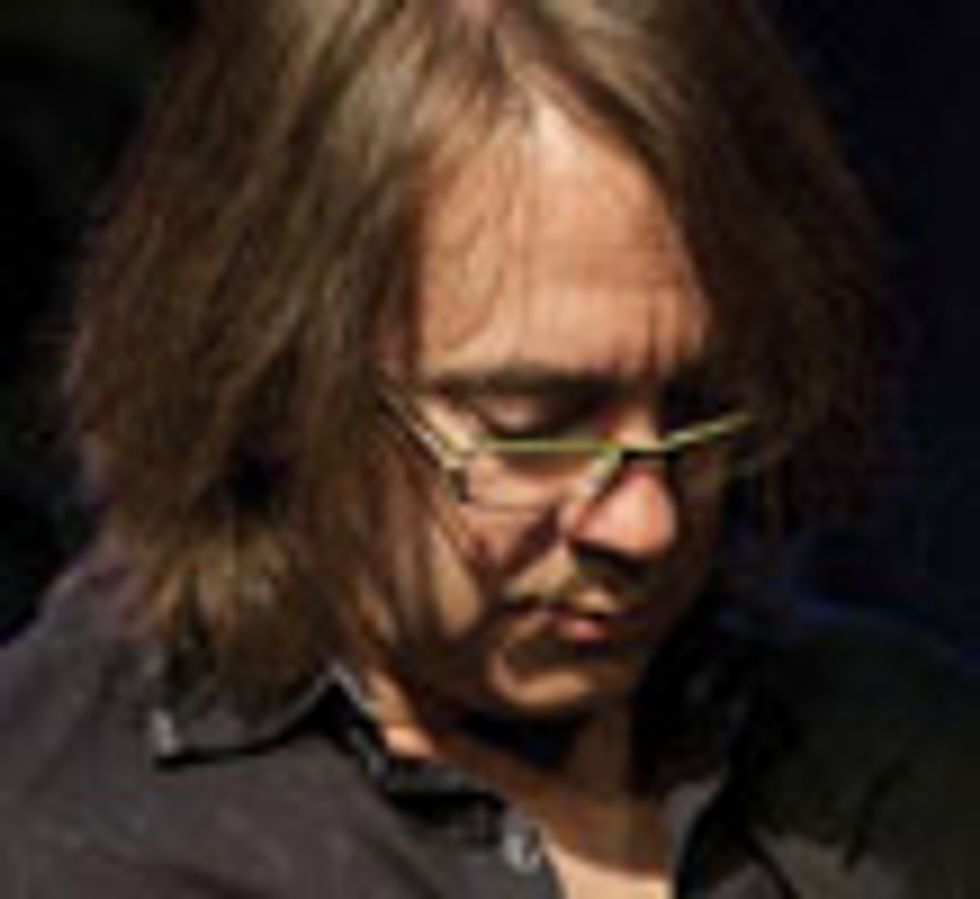 Guitarist/composer Wayne Krantz’s evolution
as an artist has taken expansive directions,
from working alongside Randy Brecker and
Steely Dan to creating his own jazz-fusion.
His latest album, Howie 61, blends new
vocals with harmonic acuity to create a
genre-defying, musical vision. For more information,
visit waynekrantz.com.
Guitarist/composer Wayne Krantz’s evolution
as an artist has taken expansive directions,
from working alongside Randy Brecker and
Steely Dan to creating his own jazz-fusion.
His latest album, Howie 61, blends new
vocals with harmonic acuity to create a
genre-defying, musical vision. For more information,
visit waynekrantz.com.

